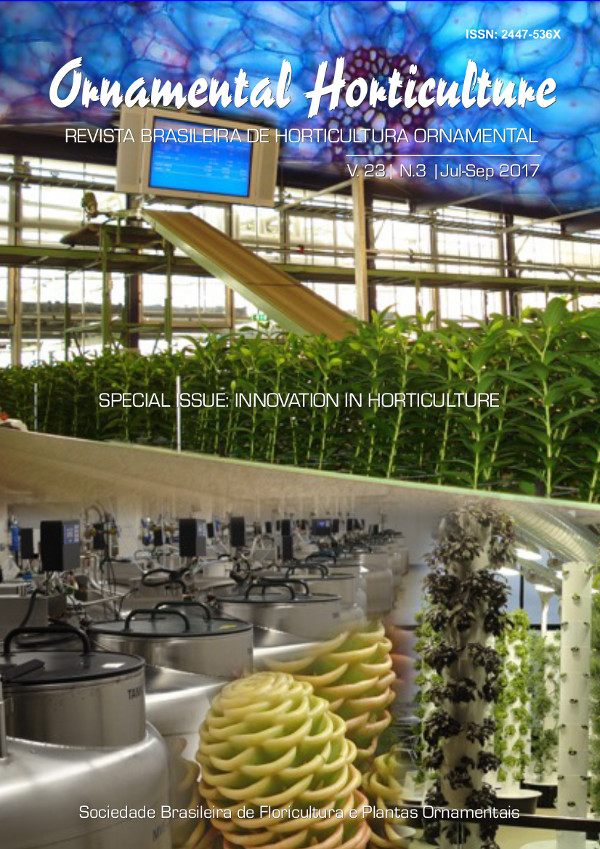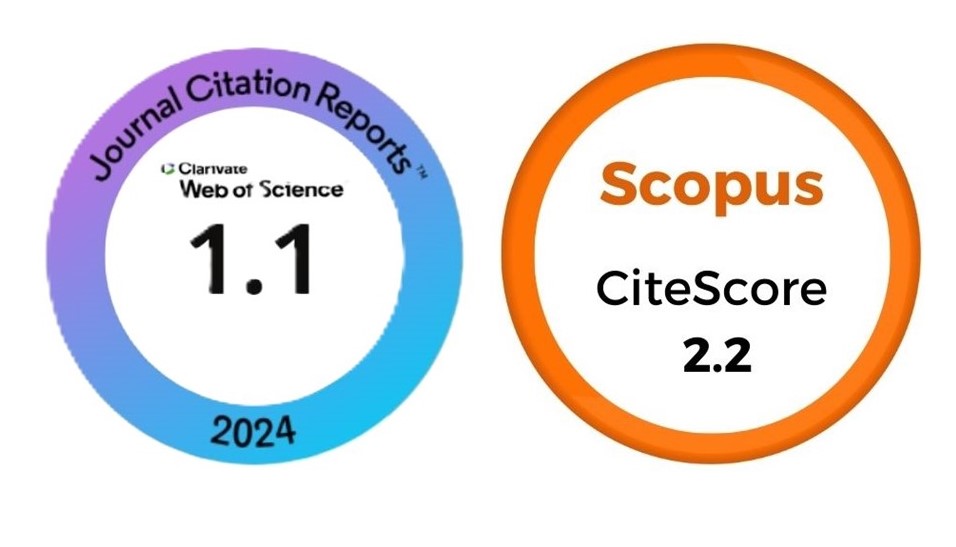Production of desert rose seedlings in different potting media
DOI:
https://doi.org/10.14295/oh.v23i3.1039Keywords:
Adenium obesum, seeds, germination, Apocynaceae.Abstract
Over the past decade the desert rose received fame in the flower market due to its striking and sculptural forms; however, the commercial production of these species is quite recent and little is known about its crop management, including substrates recommendation. The objectives of this study were to investigate the effect of different substrates on desert rose seed germination and production of its seedlings. Experiment I: freshly harvested seeds of desert rose were sown in different substrates e.g. sand, coconut fiber, semi-composted pine bark, sand + coconut fiber, semi-composted pine bark + sand and coconut fiber + semicomposted pine bark. These substrates were evaluated to study the emergence percentage of seeds, initial growth of seedlings and seedling emergence speed index (ESI). Experiment II: desert rose from the experiment I were transferred to plastic pots filled with the same substrates as in experiment I. The pH and electrical conductivity (EC) of the substrates were noted every 30 days while the growth parameters of seedlings were recorded after 240 days. Results from experiment I showed higher germination rate and seedling growth in substrates containing semi-composted pine bark. Similarly, in experiment II, better quality seedlings were observed in substrates containing semi-composted pine bark. Thus, for desert rose seed germination and seedling growth, it is recommended to use substrates containing semi-composted pine bark.








